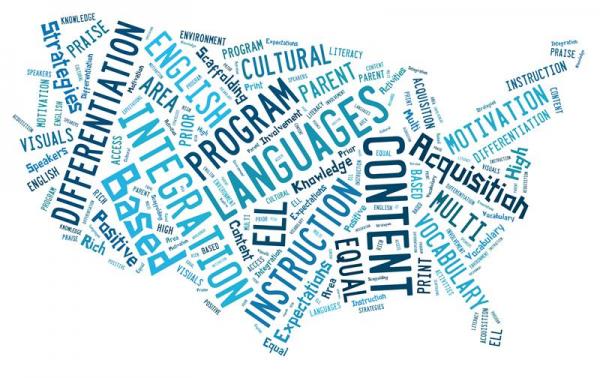In the ELL classroom, there are many bilingual individuals, including myself. In this article, I would like to share two myths and misconceptions about English Language Learners.
Language diversity is a ‘problem’, and it is better if children speak English all the time in classrooms.
Bilingual children and adults do not keep each language separate in their heads. It is very natural for them to ‘codeswitch’ - they switch and mix between the languages available to them. In fact, English should be understood as part of their ever-growing language repertoires. Their language identity is distinct and should be seen as a reflection of the wider choices accessible for meaning-making. The best way to support bilingual students learning to their greatest ability is to value their home language and cultures. Therefore, language diversity is not a problem but an asset.
It is impossible, or very difficult, to learn a new language beyond a young age (sometimes called ‘the critical period’)
The learner’s age is one factor that should be taken into account when it comes to language acquisition. However, there is no universal way to become an excellent English speaker. Each child brings their own knowledge of other languages and cultures which influence their learning of English. Therefore, the idea of the ‘critical period’ in the sense of there being an age beyond which it is always very difficult to learn a new language is a myth. We are all lifelong learners. It is important for bilingual individuals, their parents, and teachers to acknowledge what it means to be an English language learner in an international schooling system. We should support, guide and celebrate their progress along this precious learning journey.
Hoin Kwoak, ELL Teacher

























